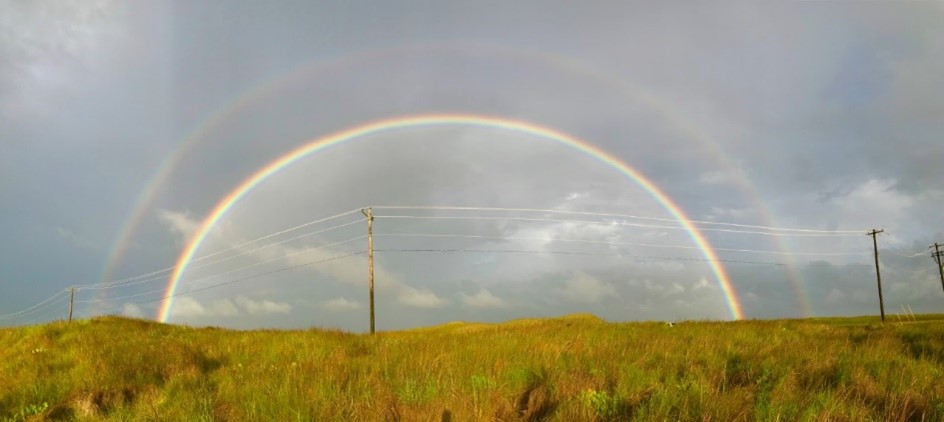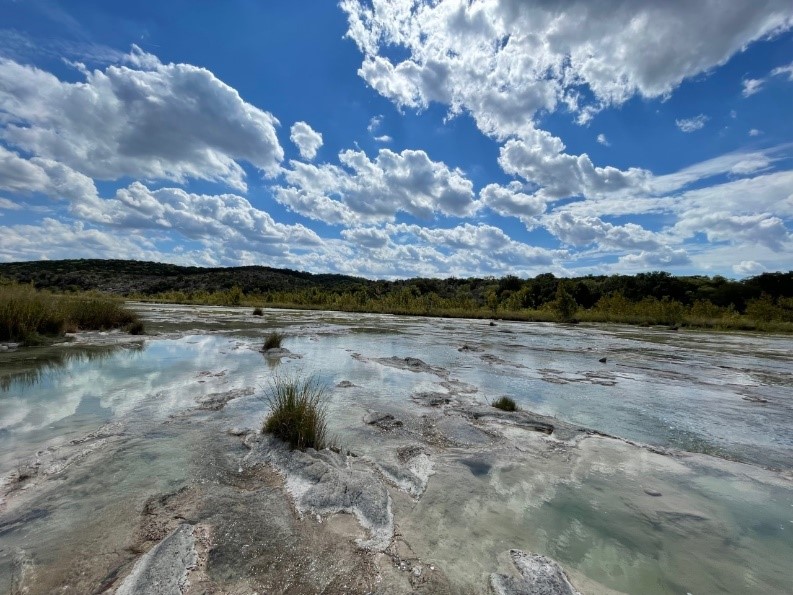Earth Day takes place every April 22nd and marks the anniversary of the modern environmental movement that began in 1970. It is a day dedicated to supporting and promoting environmental protection for the benefit of public health. In the decades leading up to this moment, Americans were largely unaware that their industrial, agricultural, and development practices were polluting the environment and threatening human health. Additionally, environmental pollution was not regarded as a global crisis.

During the 1960s, the modern environmental movement was brewing. Rachel Carson’s Silent Spring was a New York Times bestseller that raised public awareness and concern for wildlife, the environment, and the link between pollution and public health. A massive oil spill in Santa Barbara, California polluted beaches. Rivers were catching on fire and lakes were drying up. Concern about air and water pollution was growing in the wake of more and more disasters. Arguably, the most influential event that changed people’s minds was the release of images of the Earth taken by astronauts. These images made it clear that the Earth’s resources are finite. https://www.smithsonianmag.com/smart-news/fifty-years-ago-this-photo-captured-first-view-of-earth-from-the-moon-180960222/
Inspired by the high-energy, student-led anti-war movements and with a dream of promoting environmental protection, Wisconsin senator Gaylord Nelson teamed with Republican Congressman Pete McCloskey and a student activist Denis Hayes to organize the first earth day. The idea spread like wildfire across America, with 10% of the population participating in demonstrations and protests.
This event helped spur a rare alignment between distinctly different political mindsets. Everyone was on board and agreed that something needed to be done. In December 1970, the Environmental Protection Agency (EPA) was formed. The Clean Air Act (formerly the Air Quality Act) was also amended in 1970. Shortly after, the Clean Water Act (CWA) was passed in 1972 followed by the Endangered Species Act (ESA) in 1973.
These laws have greatly improved air and water quality and saved numerous species from extinction. However, over 50 years later, we are still facing global environmental challenges including climate change, habitat loss, mass species extinction, and sea level rise. https://www.youtube.com/watch?v=PL31i1cu22U&t=245s
To help combat climate change on a global scale, the Paris Agreement was established in 2016. The Paris Agreement is an international treaty, signed by 194 parties, that sets long-term goals to reduce greenhouse gas emissions and build resilience to rising temperatures.
However, the fight against climate change and other environmental crises doesn’t stop at the government level. This is a fight that needs participation on every level, including states, cities, companies, and individuals like you.

What can individuals do to help fight climate change? Here are some suggestions:
- Keep up the political pressure! Vote for those who support climate initiatives; write to your congressmen and women or set up a meeting with your local representative; encourage your friends and family to do the same. Check out the UNEP website for some tips on how to do this: https://www.unep.org/interactives/things-you-can-do-climate-emergency/
- Reduce how much you drive your car or the number of long-haul flights. Walk, ride a bike, take public transportation, carpool whenever possible.
- Turn off your lights! Don’t crank the A/C or the heater. By adjusting these by a degree or two, you can save a lot of energy and save money! Use a clean energy provider.
- Shop local and sustainable. Buying local produce reduces your food’s carbon footprint while supporting local farmers and small businesses. Or grow your own food!
- Don’t waste food. Food waste accounts for about 10% of global greenhouse gas emissions https://www.unep.org/resources/report/unep-food-waste-index-report-2021
- Be conscious of the clothes you buy. Fast fashion has created a throwaway culture that fills our landfills and contributes to 10% of global carbon emissions.

What can companies do to help fight climate change? Here are some suggestions:
- Apply the Paris Agreement to their activities and goals to reduce their carbon footprint. Here’s more information: https://www.weforum.org/agenda/2020/09/4-ways-companies-take-effective-climate-action/
- Comply with current environmental regulations. When constructing a project, evaluate alternatives and avoid impacting sensitive habitats. Reach out to Hollaway for help with this!
